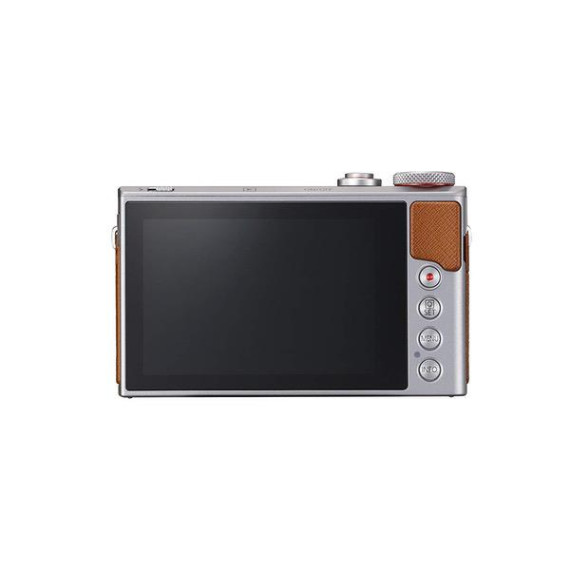R. Angeloni

Canon PowerShot G9 X Mark II Compact Digital Camera w/ 1 Inch Sensor and 3inch LCD - Wi-Fi, NFC, Bluetooth Enabled (Silver)
$39900
Canon PowerShot G9 X Mark II Compact Digital Camera w/ 1 Inch Sensor and 3inch LCD - Wi-Fi, NFC, Bluetooth Enabled (Silver)
B01N9MCH0E

Serving customers for more than 35 years, Adorama has grown from its flagship NYC stor...
City: US, Pasadena
Delivery
DHL express - Fast
1 day, Door-to-Door, Courier Delivered
from 26$
Pickup at your own expense
Tomorrow from 09:00 to 20:00, Store location
Free
Payment options
Cash, bank card, credit/installment payments, cashless payment for legal entities
Warranty and returns
Exchange/return of products of proper quality within 14 days
Official manufacturer's warranty: 12 months
Features
Item Dimensions
1.2 x 3.9 x 2.3 in
Item Weight
7.2 ounces
Optical Zoom
3x
Resolution
20.1 megapixels
Description
This fits your .
Reviews
S. Vogt
Hche
Thomas S. Dommer
Nameless Faceless One
switzertex
James A
tech_enthusiast
Clark*sMom
Gary S.
Showing 10 of 20 reviews
Please sign in so that we can notify you about a reply




















